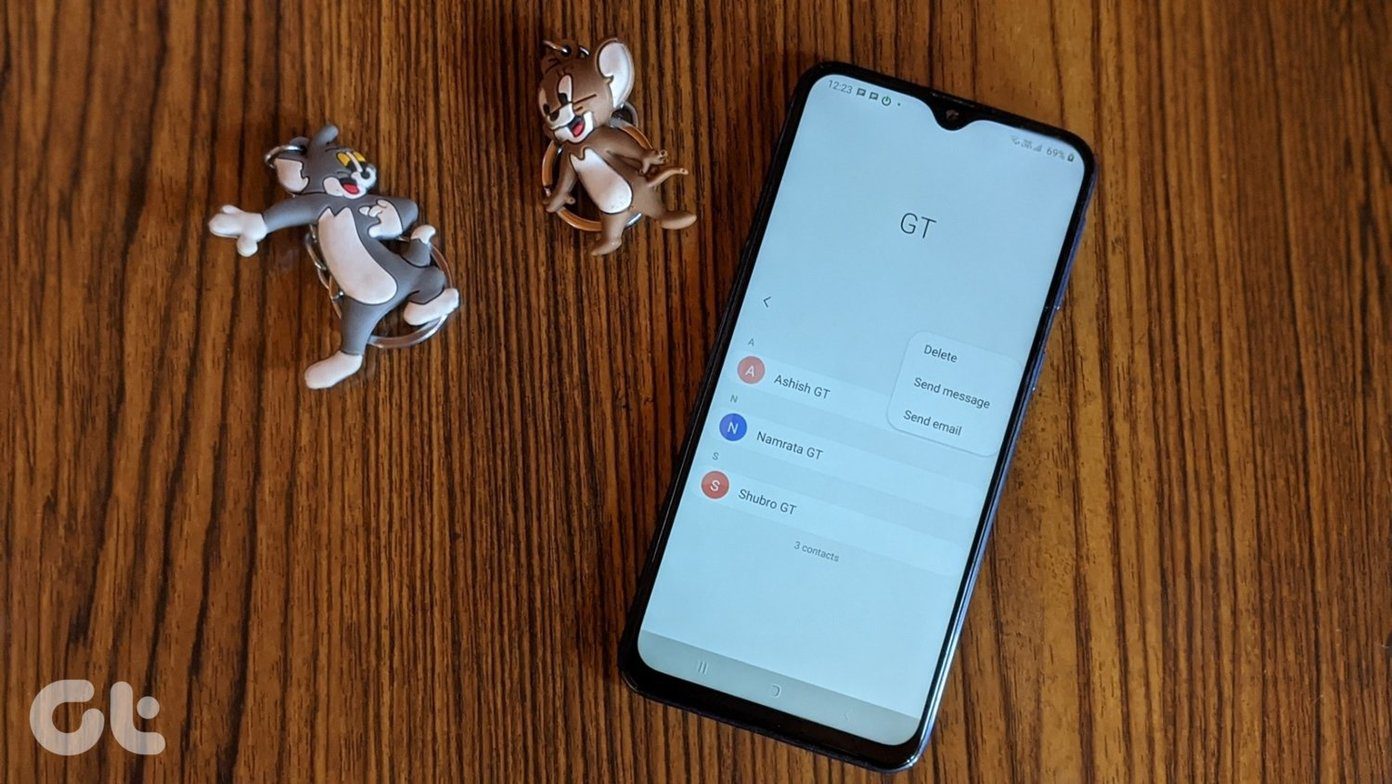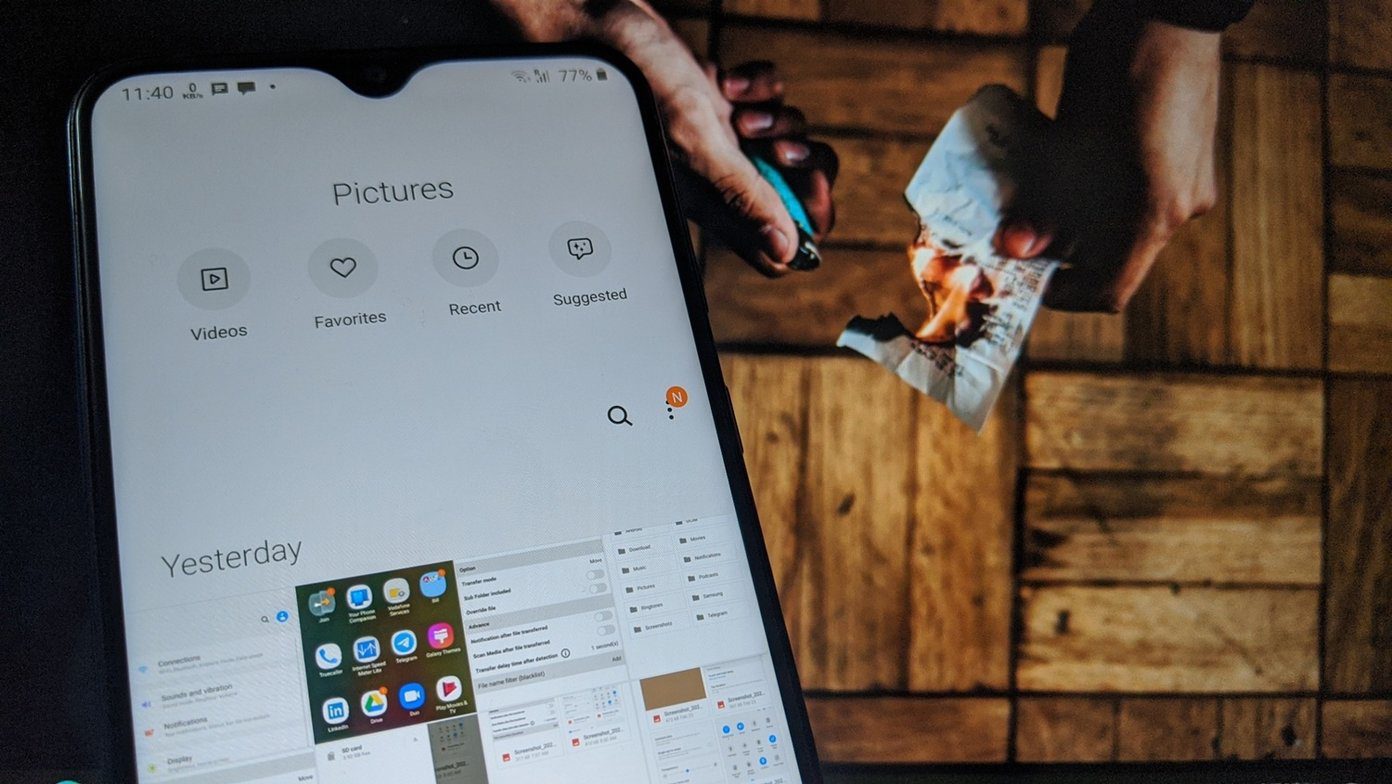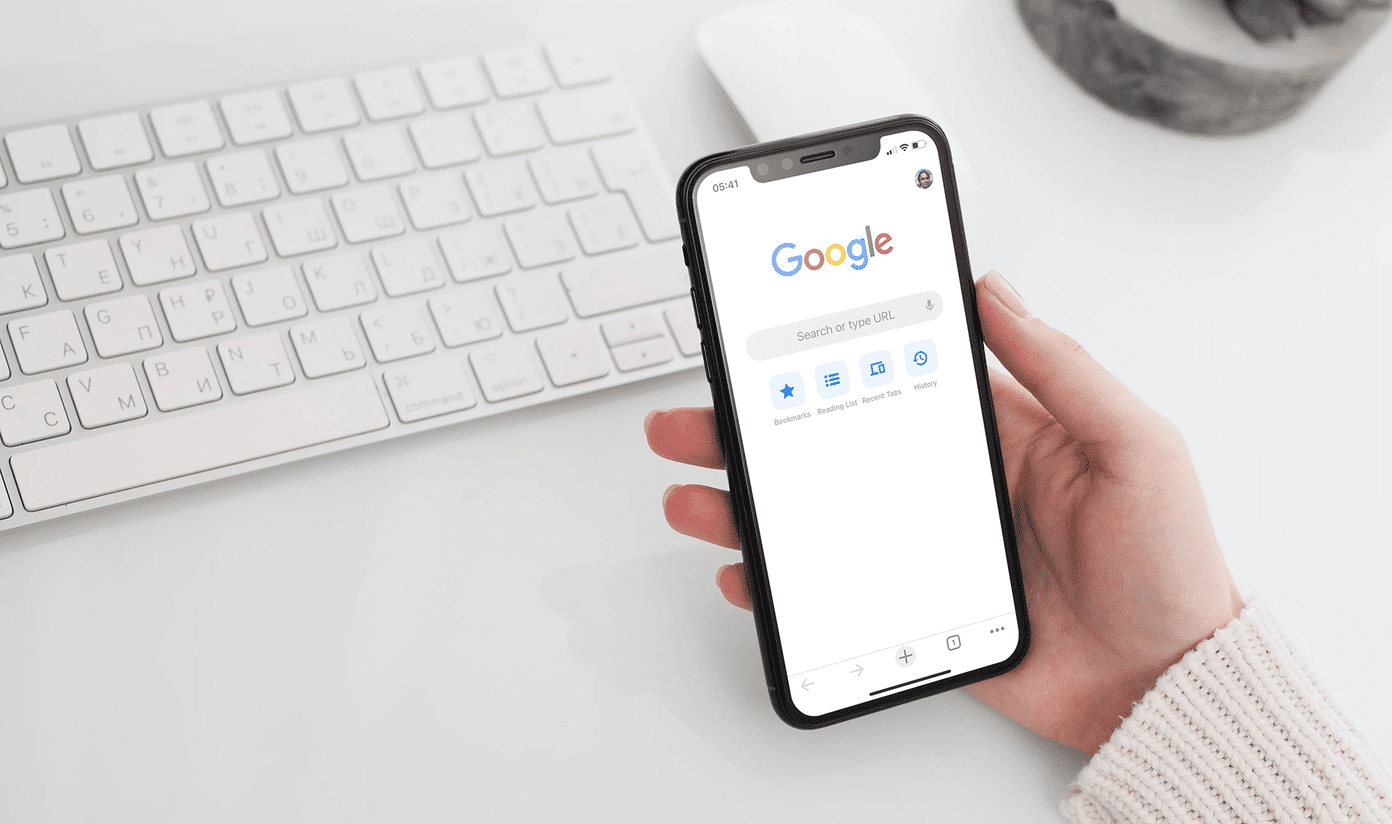Wearable electronics can encompass devices from smartwatches to smart contact lenses. One of the most touted applications of wearable tech is their ability to check up on our health on the fly. An example of this which readily comes to mind are the heart rate monitors which come built into many smartwatches available to consumers. While that is impressive in its own right, the following breakthrough made by a South Korean research team certainly stands out. Researchers at Ulsan National Institute of Science and Technology (UNIST) have developed a smart contact lens capable of monitoring both glucose levels as well as intraocular pressure. Elevated glucose levels could be an indicator that a patient has diabetes. Diabetes is a serious condition which prevents the body from being able to properly regulate glucose levels. This can lead to serious health complications. Elevated intraocular pressure could be an indicator of glaucoma which can lead to blindness. More effective testing for these two conditions would ultimately result in improved health care.
How The Smart Contact Lens Works
Sensors capable of detecting both glucose and intraocular pressure, are placed on top of a flexible lens.. In order to achieve this, the researchers fabricated sensors that are flexible, but durable. The sensors were made from a hybrid of graphene and silver nanowires which met these requirements. The device was tested on a live rabbit in order to demonstrate the device’s robustness. The researchers carried out the testing with the live rabbit in accordance with the ethics guidelines laid out by UNIST.
Glucose Level Measurement
With changing glucose concentration, the electrical characteristics of the sensors on the contact lens change. These can be measured continuously and can be used to gain information on the glucose levels and ultimately the diabetic status of a patient.
Intraocular Pressure Measurement
In order to detect intraocular pressure, a pressure sensitive material is sandwiched between coils of hybrid graphene/silver nanowire electrodes. Based on how much the pressure sensitive material, is compressed, the level of intraocular pressure can be determined.
Data Transfer
The sensors on the smart contact lens are inductively coupled to an antenna which is in turn coupled to a reader circuit. This simply means that the data obtained from the sensors is transmitted wirelessly. This is essential for such a wearable device since having wires attached would be quite a hindrance.
Discussion
This smart contact lens allows for continuous measurement of glucose levels and intraocular pressure. This is important because these two parameters peak at various times of the day. For instance, intraocular pressure peaks at night. In addition, glucose levels will vary depending on the time of day and amount of time after a meal. It is important to take the variance over time of these two parameters into consideration. Data from relevant time periods can be used to determine whether a patient has a health problem. Although there are other similar smart contact lens devices on the market, where this device shines is in its usability. Other offerings tend to block the field of vision whereas this devices makes use of materials which are virtually transparent. Only the antenna responsible for transmitting data is slightly visible.
Final Thoughts
The researchers note that the sensors need to be further developed in order to allow for more precise glucose level monitoring. However, in its current form, this smart contact lens is capable of screening for pre-diabetes and for daily monitoring of glucose levels. This device could be a game changer in terms of the ease with which it provides data on the health of a patient. Continuous monitoring, also means that more accurate diagnoses could be facilitated by bringing this device to market. The above article may contain affiliate links which help support Guiding Tech. However, it does not affect our editorial integrity. The content remains unbiased and authentic.







